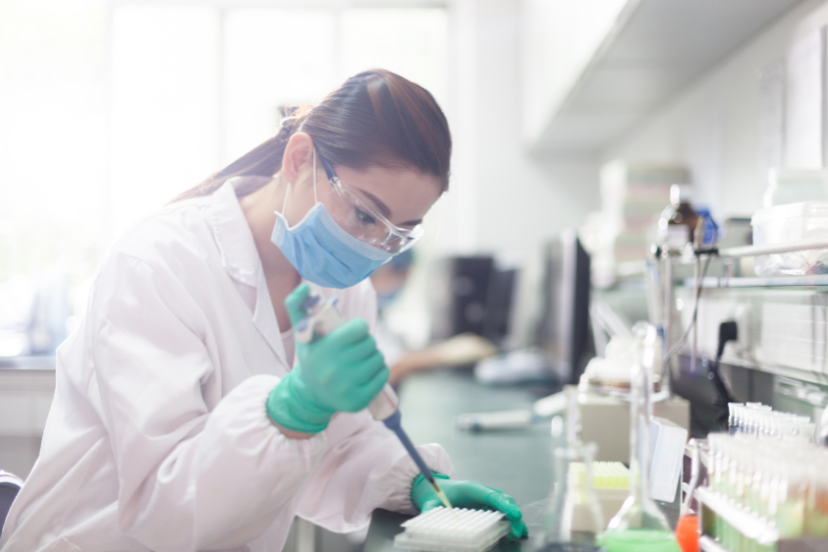Understanding Osteoporosis Genetics
Welcome to our comprehensive guide on Osteoporosis Genetics! In this article, we’ll delve into the fascinating realm of how genetics play a crucial role in the development of osteoporosis, a condition characterized by weakened bones prone to fractures. So, let’s embark on this enlightening journey to unravel the mysteries behind osteoporosis genetics.
What is Osteoporosis Genetics?
Osteoporosis genetics refers to the study of how genetic factors influence an individual’s susceptibility to developing osteoporosis. Genes play a significant role in determining bone density, structure, and strength, all of which are key factors in the development of osteoporosis.
How Do Genetics Influence Osteoporosis?
Genetic predisposition to osteoporosis can manifest in various ways. Certain genes regulate the production of proteins involved in bone formation and remodeling. Variations in these genes can lead to alterations in bone density and structure, increasing the risk of osteoporosis.
Is Osteoporosis Hereditary?
Yes, osteoporosis can run in families. If you have a family history of osteoporosis, you may be at a higher risk of developing the condition yourself. However, it’s essential to remember that genetics is just one piece of the puzzle, and lifestyle factors also play a significant role in determining bone health.
Common Genetic Factors Associated with Osteoporosis
Several genes have been identified as potential contributors to osteoporosis risk. Here are some of the most studied genetic factors:
- COL1A1 and COL1A2: These genes encode collagen, a protein essential for bone strength. Variations in these genes have been linked to osteoporosis risk.
- VDR: The Vitamin D Receptor gene influences the body’s ability to absorb calcium, a crucial mineral for bone health. Variations in this gene may affect calcium metabolism and increase osteoporosis risk.
- ESR1 and ESR2: Estrogen receptors play a role in bone metabolism. Variations in these genes can impact estrogen signaling, potentially affecting bone density and osteoporosis risk.
How Can Genetic Testing Help?
Genetic testing can provide valuable insights into an individual’s genetic predisposition to osteoporosis. By identifying specific genetic variations associated with increased risk, healthcare professionals can tailor preventive measures and treatment strategies accordingly.
FAQs about Osteoporosis Genetics
1. Can osteoporosis be prevented if it runs in my family?
Yes, although genetics play a role, lifestyle factors such as a healthy diet, regular exercise, and adequate intake of calcium and vitamin D can help reduce the risk of osteoporosis.
2. Are there any specific genetic tests available for osteoporosis?
Yes, there are genetic tests that can assess an individual’s risk of developing osteoporosis based on their genetic makeup. These tests can provide personalized recommendations for prevention and treatment.
3. Can osteoporosis genetics be modified or altered?
While you cannot change your genetic makeup, adopting a healthy lifestyle can help mitigate the risk of osteoporosis, even if you have a genetic predisposition to the condition.
4. Is osteoporosis genetics research ongoing?
Yes, scientists continue to explore the genetic factors underlying osteoporosis to develop better prevention and treatment strategies.
5. Are there any specific dietary recommendations for individuals at risk of osteoporosis due to genetics?
A diet rich in calcium, vitamin D, and other bone-healthy nutrients can help support bone health and reduce the risk of osteoporosis, especially for those with a genetic predisposition to the condition.
6. Can medications target osteoporosis genetics directly?
While there are medications available to treat osteoporosis, they primarily target bone density and strength rather than specific genetic factors. However, ongoing research may lead to the development of more targeted treatments in the future.
Conclusion
In conclusion, osteoporosis genetics play a significant role in determining an individual’s risk of developing osteoporosis. While genetics cannot be changed, adopting a healthy lifestyle and undergoing genetic testing can help mitigate risk and guide personalized prevention and treatment strategies. By staying informed and proactive, you can take control of your bone health and reduce the impact of osteoporosis.




